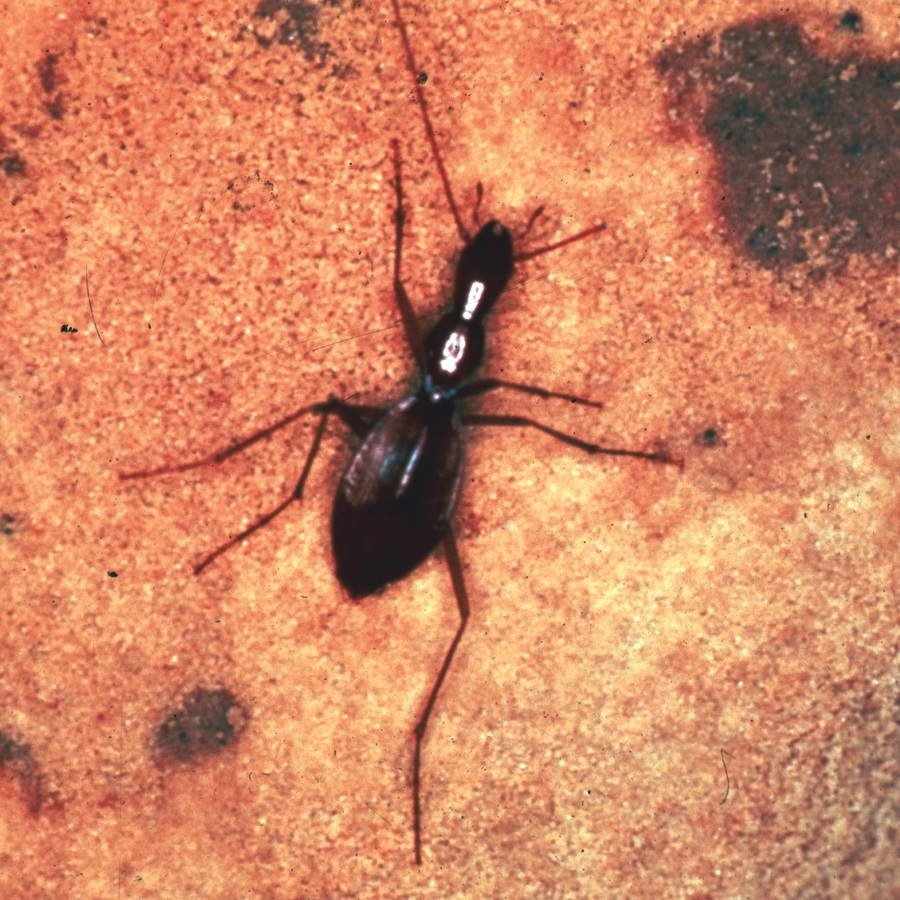Wildlife: Evolving to Live in Caves
Friday, May 30th, 2014This is Passport to Texas
Biologist, Ben Hutchins, studies animals that live full-time in cave environments, including a wide range of invertebrates.
07— Crickets, beetles, spiders, scorpions, harvestmen – that’s kind of like a Daddy Longlegs….
How and why these creatures evolved in dark, dank cave ecosystems is an area of active research. One theory: they’re relics of the past.
14— They’re leftover from a period of Texas history when it was cooler, more moist. In the Ice Age, these animals were widespread on the surface. As the climate changed, they became restricted to the cave environment.
Over time, these creatures physically adapted to their new surroundings. They lost their eyesight and pigmentation; their metabolisms slowed and their antennae elongated, among other adaptations. Biologists want to understand why.
23— Another [thing we want to know] is, why do we see in some places lots and lots of species such as in the Edward’s Aquifer, and in other places, we see very few – or almost none. So, some of our very dry caves farther west have much lower diversity. So, caves are an interesting laboratory to study what are the environmental controls that influence where biodiversity occurs.
Learn more about karst invertebrates on the Texas Parks and Wildlife website.
For Texas Parks and Wildlife, I’m Cecilia Nasti.



 Passport to Texas is a
Passport to Texas is a  Passport to Texas is made available by:
Passport to Texas is made available by: